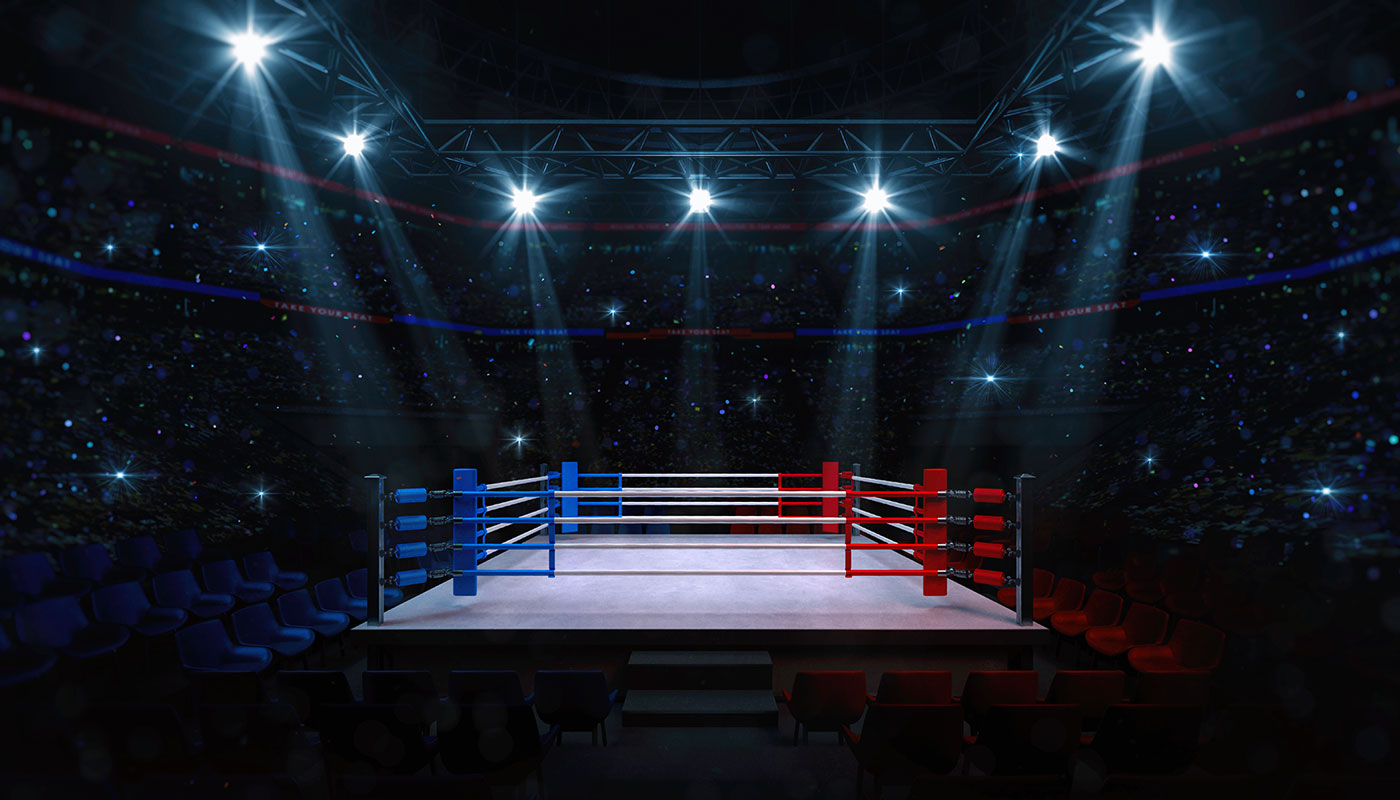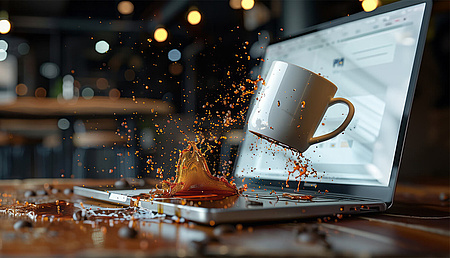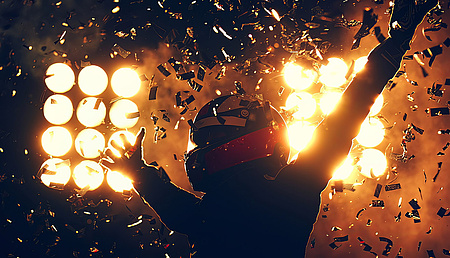
Wrestling IP challenges, old and new
The year may be drawing to a close, but the flow of Intellectual Property (IP) news shows no sign of slowing down. This month's stories all describe attempts to tackle some persisting issues facing the primary classes of IP rights. That is, how to lower the price of patented drugs, curtail the infringement of trademarks and assess the copyrightability of works generated by artificial intelligence (AI).
We investigate the prospects of each of these efforts and what they might mean for the wider legal context.
Marching to the beat of a different drum
The high cost of patented medications is one of the most contentious, complex topics in the pharmaceutical industry, with arguments, counter-arguments and prices all seemingly refusing to budge. In the United States, the Biden Administration has signaled its attempt to address this impasse, announcing a policy this month that could ultimately work out to be more of a Pandora's box than a panacea.
On December 8, 2023, a "Draft Interagency Guidance Framework for Considering the Exercise of March-In Rights" was published by the Federal Register. The guidelines, if approved, would allow the government to "march in" on pharmaceutical patents funded with taxpayer money if it was deemed the product had failed to reach the public on "reasonable terms." The legal basis for the proposed policy, the Bayh-Dole Act of 1980, provides for government intervention to ensure publicly supported inventions achieve practical application by way of fair, reasonable and non-discriminatory (FRAND) licensing. Unlike eminent domain, which claims private property, including IP, for public use with just compensation to the previous owner, patents appropriated under march-in rights would be licensed to third-party producers who would sell the covered medicines at a lower price.

A recent study by Vital Transformation concluded that an exercise of march-in rights could apply only to a minimal number of therapies. Out of 361 pharmaceutical products surveyed, just five had all their relevant patents include a government interest statement – a requirement for march-in.
The public request for comments shared by the National Institute of Standards and Technology (NIST) is set to end on February 6, 2024. And comments have already been forthcoming.
Joesph Allen, who helped secure the passage of the Bayh-Dole Act while serving on the U.S. Senate Judiciary Committee, is among the vocal critics. Writing in his monthly column, he scathes against what he sees as a sincere but flawed policy: "In reality, the threat of the government forcing a university to license competitors because someone doesn't like a product's price affects so few drugs that its impact is minimal. But what the White House apparently doesn't realize is that this is a dagger over the heads of the innovative small companies which drive our economy by bringing high risk inventions to market."
Joesph Allen also points to the testimony of his one-time boss, Former Senator Birch Bayh, that without a statutory definition, "reasonable pricing" is a wholly subjective, arbitrary term that would disproportionally harm smaller researchers and producers.
Considering it is not uncommon for a new drug to enter the market at a cost of around $1 billion USD after 12-13 years of work, a maximum exclusivity period of 25 years (20 years for a patent and five for a supplementary protection certificate) is desirable to recoup the massive upfront investment. But while patents admittedly do inflate the cost of medications for end users, other factors such as tax penalties, trade restrictions and government regulations also play a part.
Reducing the financial burden on those seeking medical treatment is an admirable pursuit at any time, but any top-down approach must be measured and appropriate lest future drug innovation be snuffed out before it has a chance to benefit the public.
Pedal to the… medal against counterfeits
From governments stepping in to fans stepping up: Ferrari is asking the public to report possible instances of trademark infringement in return for gifts. Though the sports car manufacturer does not specify the nature of these incentives, one may assume that snitches will get something better than stitches.

Counterfeiting an entire sports car is not a common occurrence, and the performance would probably speak for itself. This makes fake merchandise a far more likely target of Ferrari's latest efforts, with branded goods from notepads to sunglasses to jumpers commanding a pretty penny.
The Ferrari Anti-Counterfeiting Reward promises mystery goods ("while stocks last") if sharp-eyed and fleet-footed participants are able to identify infringements of the company's trademark portfolio that it has not already detected. But a word of warning to any bad actors who may think to cheat the system: Ferrari "will not be bound by the terms and conditions […] in case of reports of infringements committed solely for the purpose of acquiring the Gift Item." Better luck next time finding another use for that souped-up golf cart.
However, the line between fostering a grassroots appreciation for the significance of IP and incentivizing wholesale grassing is very thin. Overeager fans and collectors can inadvertently cause harm to a brand image by doggedly pursuing any possible trademark use, including non-infringing ones. Homage, parody, criticism, review, journalism and more may become swept up in a net pulled by a broad base that lacks specific IP knowledge.
By association, a company that encourages and even rewards such actions by IP non-practitioners risks coming across as predatory and exploitative of its preferential market standing. Of course, built on a history of racing triumph, the carmaker is no stranger to bold moves, even those that depend on forces outside of its direct control. The timing of the scheme was also very deliberate, coinciding with the run-up to the release of a film based on the life of company founder Enzo Ferrari.
The anti-counterfeiting scheme may be targeting an expected surge in infringing material that seeks to take advantage of the film's promotional efforts. If anything, Ferrari is demonstrating a vigorous attitude toward defending and upholding its trademark portfolio, which will deter some fraudsters from their activities and accelerate the Italian automotive company's pursuit of others.
Bringing AI copyrights into focus
Finally, the IP race between copyright offices and generative AIs has seen the United States Copyright Office pull ahead of its new rival with a firmly precedential decision. On December 11, 2023, the Office's Review Board affirmed for a second time the refusal to register a copyright to Ankit Sahni for an AI-produced work created at his direction.

According to the Compendium of U.S. Copyright Office Practices, a derivative work has two major IP components: the authorship of a pre-existing work and the new authorship "involved in recasting, transforming, or adapting" it. Crucially, only a human can claim either form.
The image in question, "Suryast," blends a photograph taken by the applicant with the painting "Starry Night" by Vincent Van Gogh. In his original copyright filing on December 1, 2021, Ankit Sahni listed himself as the claimant but the "RAGHAV Artificial Intelligence Painting App" as co-author. After inputting both source images, Ankit Sahni chose "a variable value determining the amount of style transfer" to be applied to his photograph from the Van Gogh painting. In the view of the U.S. Copyright Office, on the other hand, this procedure lacked the human authorship necessary for registration, later explaining that the claimant's contribution could not be "distinguished or separated from the final work produced by the computer program."
Over the next two years, as generative AIs became wildly more powerful and copyright law more adept with handling non-human sourced content, Ankit Sahni requested the Office to reconsider its decision twice, without success.
It should be noted that not only is Ankit Sahni the owner of "RAGHAV" or "Robust Artificially Intelligent Graphics and Art Visualizer," but he is also an IP lawyer in India. Thus, his testing of the limits of copyrightability is not a frivolous exercise in pestering registrars but a genuine attempt to strengthen the global system's ability to handle AI applications. In that regard, he has accomplished his goal, clarifying that only separably human input with de minimis AI support is eligible in the United States.
Strikingly, the Indian Copyright Office and the Canadian Intellectual Property Office granted registrations for "Suryast" in November 2020 and February 2022, respectively, though the former would reverse its decision in November 2022.
The global IP system holds novelty as one of its primary concerns, but sometimes, it needs to be confronted with that same newness to continue providing reliable, enduring protections for innovative technologies and techniques.
With that, we conclude our news coverage for 2023. We hope you have enjoyed tracing this year's IP developments with us. See you in 2024!
Filed in

At Dennemeyer, we are committed to helping all our clients achieve their green targets while pursuing our own.



